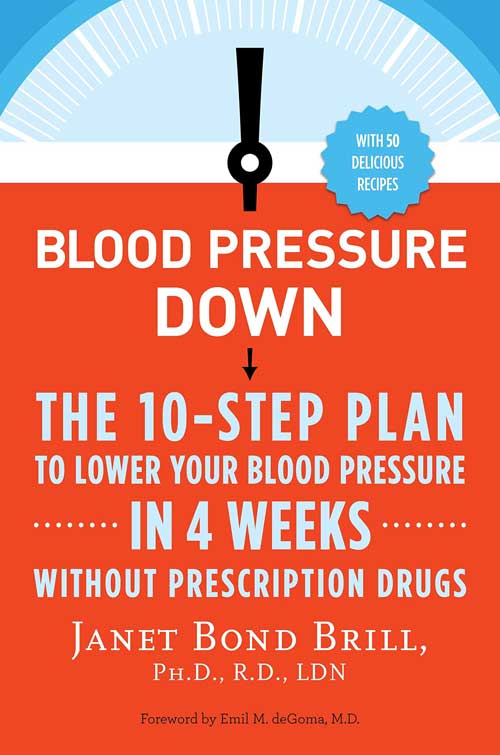By
Electronic medical records are part of a comprehensive plan to improve the quality of health care. They manage a patient’s information from a provider’s perspective, effectively creating a record of the treatments you’ve been through. Currently, this information is transferred via snail mail or fax, which means data may be missing or incomplete. There is much room for error in other words, and the act of keeping the records causes unnecessary hassle.
EMRs aim to change that by offering doctors a universal record of patient data to diagnose from. This technology is about to revolutionize patient care, and here’s how it works.
Data Access
Record keeping takes office space, something that is invaluable in a hospital that is fully staffed with patients in nearly every room. That extra storage can go to life saving equipment, and EMRs represent the possibility to save space and provide greater access. Digital storage off-site consumes less space for hospitals, and administrators can quickly transfer patient data to doctors off-site or between departments.
Efficiency
The actual efficiency of the hospital is expected to increase as the EMR system becomes a medical standard. With greater access to data, doctors can focus on diagnosing the patient and dealing with the condition. Data can help doctors leverage a patient’s past history to diagnose issues occurring today or in the future. Electronic medical records also enable doctors to set patients on a medication schedule and recommend nearby pharmacies.
Patient Diagnosis
The nature of a patient’s diagnosis will change as EMR technology is implemented. Doctors will be able to illustrate what is wrong with a patient using graphs and infographics. This will help educate patients on the nature of their specific issues, and provide more insight into medications and the healing process. It will also assist pharmacists, who can properly run through relevant side effects with a patient and point out warning signs that signal potential harm.
Cost Effect
In the short term, EMR technology is costing hospitals. This new infrastructure takes resources to build and personnel to maintain. It also requires extensive training for those on staff, including new hires. Universities are adapting to these changing trends, opening more programs based around health information technology, but the transition is slow and costly.
Patient Data
Patient data is the focus of intense debate. Access to data will help doctors do their jobs more efficiently, but secure protocols must be used when that data is transferred. Security is a concern, and hospitals will need to build infrastructure with that in mind.
Patient Treatment
Treatment of a patient will change as doctors use methods of collecting data more accurately. We already see diabetes apps that help monitor a patients glucose levels and suggest insulin shots based on those readings, but the health technology will diagnose more of our habits. Goals based around physical activity and eating healthy can be used to lower costs for health care or qualify patients for discounts at their favorite stores. This will encourage a more comprehensive approach to health, where the patient is the center of the care.
Management
Health technology will change all administrative aspects of health care. It is hoped that this technology will reduce error, and that doctors offices and hospitals will become more efficient in processing patients. No more clipboards asking for insurance cards, an ID will help hospitals tell who you are and what medical procedures you’ve been through in your life. That increased level of patient management will free doctors and providers up to do the jobs they need to do: making health care more efficient and saving more lives.










